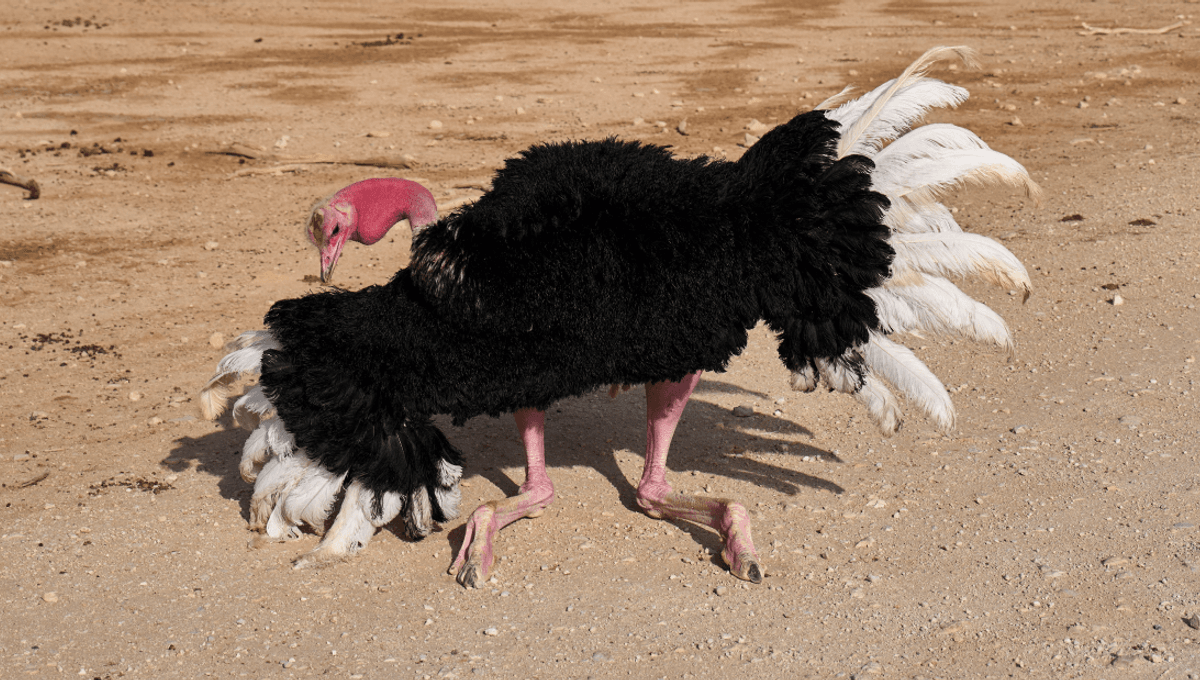
Ostriches have four kneecaps. There’s a little factoid for you. Two legs, but four kneecaps. Think it’s bananas? Rightly so, as we’ve never found knees like these in any other animal.
A team at the Royal Veterinary College in London set out to find out why ostriches are packing such knobbly knees by getting up close and personal with a dead one. Running days officially over, they were able to bend and straighten its leggy limbs without fearing they were going to get kicked in the head. Better yet, they used a magic trick called biplanar fluoroscopy that makes it possible to visualize bones inside tissue as you move them.
They took what they saw and used it to create a model, revealing a joint that looks similar enough to our own kneecap set up… until you got to the second one. It was a little lower down and closely fixed to the leg bone.
The upper kneecap appears to alter the amount of leverage needed to straighten the leg. It actually requires more force, but it happens very quickly, so could be what makes them run so fast.
So, what about that second kneecap, the one lower down? Turns out it may be a protective adaptation.
“Given that both patellae seem to act to increase the speed of knee extension, why then do ostriches have two patellae (rather than one)?” posited the authors of a subsequent paper published in the Journal of Experimental Zoology. “It may be that, in addition to its mechanical role as a lever-like sesamoid, the distal patella also reinforces the patellar tendon against compression, particularly the reaction force FR (which, in the largest and fastest living bird, may be substantial).”
“Such a protective function has been proposed for sesamoids and may explain why ostriches are apparently unique in their possession of a second patellar sesamoid. FR increases with increased knee joint flexion, and while ostriches are observed to have less flexed knees compared to other ratites, they also appear to flex their knees faster and over a greater range of motion.”
The study has its limitations. The authors highlight several, along with the fact that it was based on just one animal’s anatomy, but the suggested benefits of an extra set of kneecaps would seem to track (racetrack, that is).
The fastest running bird in the world, and also the largest, ostriches can clock up to 69 kilometers per hour (43 miles per hour) despite weighing around 130 kilograms (287 pounds). Unless you’re Usain Bolt (who is almost a perfect match speed-wise), that means an ostrich would kick your ass on the track, and then probably do some more kicking after that (that is, if it doesn’t fall in love with you first).
If Mickey really wanted to get Rocky Balboa ready for that fight, maybe he should’ve had him chasing one of these guys instead of a chicken.
Source Link: Why Do Ostriches Have Four Kneecaps If They Only Have Two Legs?